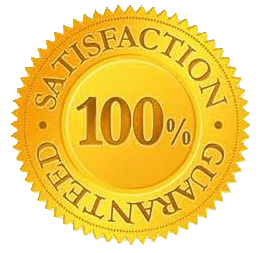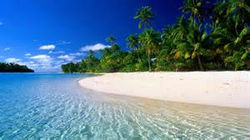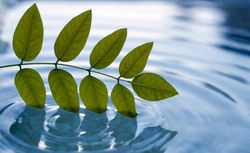ENVIRONMENTAL CLEANING PRODUCTS

WATER CONSERVATION
Water conservation encompasses the policies, strategies and activities made to manage fresh water as a sustainable resource, to protect the water environment, and to meet current and future human demand. Population, household size, and growth and affluence all affect how much water is used. Factors such as climate change will increase pressures on natural water resources especially in manufacturing and agricultural irrigation.
The goals of water conservation efforts include:
-
Ensuring availability of water for future generations. This requires that the withdrawal of fresh water from an ecosystem does not exceed its natural replacement rate.
-
Energy conservation. Water pumping, delivery and waste water treatment facilities consume a significant amount of energy. In some regions of the world over 15% of total electricity consumption is devoted to water management.
-
Habitat conservation. Minimizing human water use helps to preserve freshwater habitats for local wildlife and migrating waterfowl, as well as reduces the need to build new dams and other water diversion infrastructures.
Strategies
In implementing water conservation principles, there are a number of key activities that may be beneficial.
-
Any beneficial reduction in water loss, use and waste of resources.
-
Avoiding any damage to water quality.
-
Improving water management practices that reduce or enhance the beneficial use of water.
Social solutions
Water conservation programs involved in social solutions are typically initiated at the local level, by either municipal water utilities or regional governments. Common strategies include public outreach campaigns tiered water rates (charging progressively higher prices as water use increases), or restrictions on outdoor water use such as lawn watering and car washing. Cities in dry climates often require or encourage the installation of xeriscaping or natural landscaping in new homes to reduce outdoor water usage.
Water Efficiency
-
The U.S. EPA WaterSense program labels efficient faucets and aerators that use a maximum of 1.5 gallons (5.7 liters) per minute.
-
Look for the WaterSense label when selecting new faucets or aerators...Read more>>>
Our Top 8 Links to Conserving Water
Buy detergents, cleaning agents and washing powders which are low in phosphates. Cleaning products need to be environmentally friendly in order to keep our waterways and oceans clean. We are proud to say Tri-Shield Waterless Vehicle Care product is laboratory tested as a 100% GREEN product. In fact all of Tri-Shield products are environmentally safe.
IMPORTANT! Please
read this artical







